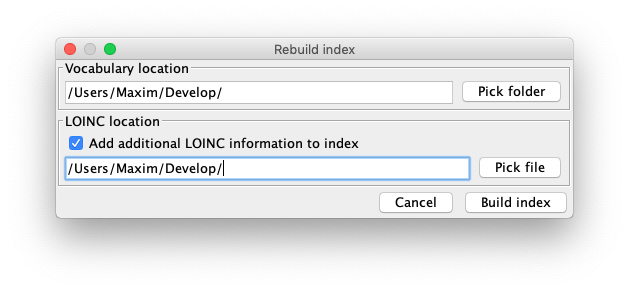The last release was in May 2019 and that is just a pre-release.
It is supposed to help with the memory use which is very important when building the index. Also questions on the issues GitHub page have no answers for past 3 months.
| OHDSI Home | Forums | Wiki | Github |

The last release was in May 2019 and that is just a pre-release.
It is supposed to help with the memory use which is very important when building the index. Also questions on the issues GitHub page have no answers for past 3 months.
Anybody? We need to start mapping with the new vocabularies soon so it would be very helpful if there is a full release of the memory fixes for Usagi.
Hi @OHDSI_User, I just made the pre-release an official release.
Usagi is indeed currently not actively developed. This will change in the future. Please keep reporting any bugs or enhancements.
Thanks very much for your help. We are wondering that it is possible to have two extra functions in Usagi
Search concept information by concept_code. The reason we want to have the function, because there is some source medical code in our existing database, but there is no description of the code. We hope that the tool can search by those medical codes, and provide the description of those codes if they are in the concept table
To map lab results with LOINC codes, we have to match the source of samples and units of tests. Is it possible to provide LOINC codes sample source and unit information when the tool matches the record with LOINC code?
Thanks!
A quick response to your questions. Let us know if these solutions would work for you.
SELECT * FROM concept JOIN source_concept ON concept.concept_code = source_concept.code
And have you tried adding additional LOINC information when building the index? I have to admit that I cannot find documentation on this feature. @schuemie would you know if and where the usage of this is explained?
